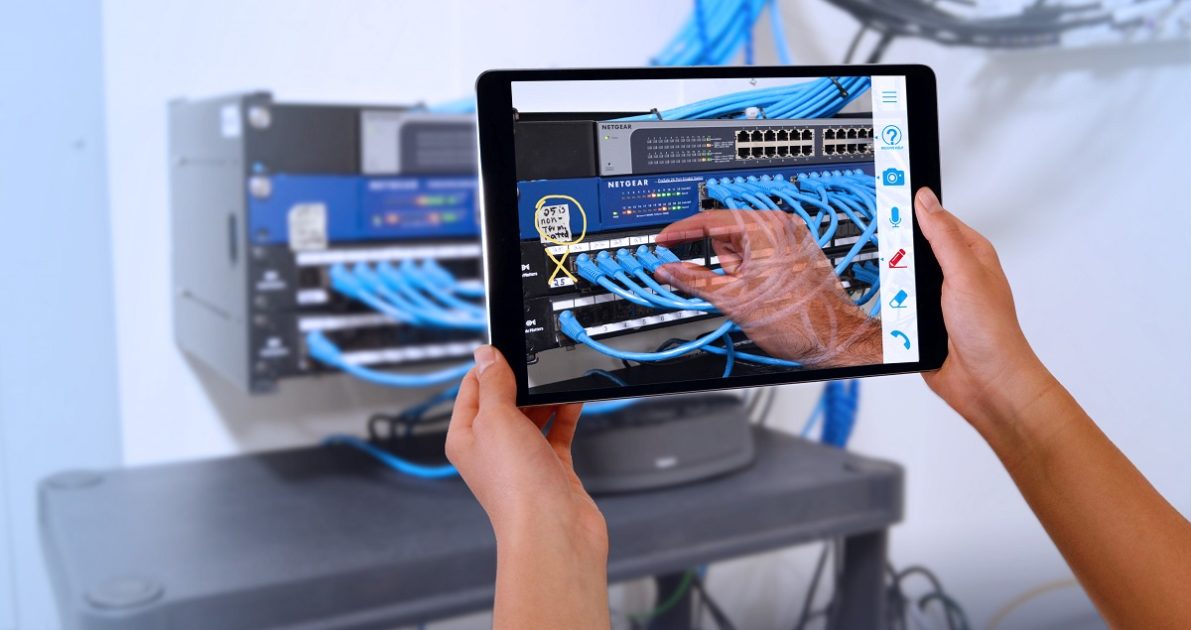Over the last few years, OEMs and other manufacturing companies began their transformation journeys, addressing the technology-driven changes to the product lifecycle, the impact of the Internet of Things, radical mobility, and the rise of artificial intelligence (AI). As a result, companies have optimized the ways they have deployed their workforce and increased the productive life of the assets in their own plants as well as those installed at customer locations. Today, companies also are operating with a modernized digital core that has laid the foundation for agility, innovation, and growth. There are similar trends at work in other asset-heavy industries such as telecom, utilities, construction, and oil and gas.
However, all these transformation journeys have come with challenges, and the global COVID-19 pandemic has made addressing them more difficult – and more urgent – to say the least. As Gartner notes in its key findings on “Coronavirus Impact on Service Delivery Continuity, Employees and Customers,” continuity of operations is threatened by widespread absenteeism among service agents, management, and support staff due to illness and quarantines. Also, the pandemic has created uncertainty and confusion among customers, which are turning to service and support functions for answers – answers that today are often in short supply.
Fortunately, those transformations, once begun, will allow many companies to implement advanced technology solutions that will allay customer concerns and ready themselves for whatever lies ahead. Companies that aggressively and innovatively build a resilient business model will become even more competitive after the pandemic recedes.

The New Opportunities for Service Providers
The telecom and utility industries are among those that are making it possible for people to work from home. They are also two of the most asset-intensive industries, with billions of dollars of equipment in the field that supply broadband service and power to homes. The sudden shift to remote work has placed extreme demands on those industries’ field workforces, as well as enormous pressure to make sure their networks keep operating in the face of increasing wear and tear. Given these constraints, 100 percent first-time fixes become necessary due to limited access to customer locations and a drastic reduction of service workers on the ground.
With a limited workforce and a mandate for a 100 percent problem fix-rate for each service visit, every field technician ideally should know how to fix every problem in every situation. Of course, that is unrealistic. So, how should a company solve this seemingly intractable business problem?
With many companies now operating with a modern digital core, they can tap into their intelligent and connected technologies to provide the muscle and brain for advanced remote assistance solutions. Some of these capabilities exist already within many enterprise customer service/asset maintenance applications. Among them are:
- In-app assistance that lets technicians initiate and manage calls with a central off-site team.
- Collaboration tools allowing technicians to live-stream from the service location.
- Call-in-context solutions bringing up all relevant information when technicians call the back-office.

These solutions allow technicians to leverage their company’s global knowledge base for expertise while that company can maintain previous levels of service with a much leaner workforce.
However, the real remote assistance game changers are solutions that incorporate augmented reality (AR) and mixed reality (MR) into everyday devices such as smartphones, while integrating seamlessly with the enterprise’s service management/asset maintenance solutions. Special AR/VR devices, while requiring additional investment and training, could be configured to meet industry-specific requirements, and to operate in remote locations with suboptimal network coverage.
Many organizations are building intelligent solutions offering remote assistance, including AI-assisted asset inspection by connected workers. But these solutions may not work fast enough. While they contend with a home-grown solution, the real value in terms of service continues to be compromised with a lean field force. That’s why many are exploring strategic partnerships with leading technology organizations, such as IFS, to provide solutions with out-of-the-box integration with leading service management and asset maintenance platforms.
For instance, with the onset of COVID-19, IFS foresaw issues in field service management and released its IFS Remote Assistance™. This state-of-the-art merged reality (MR) solution enables field technicians, engineers or customers to share real-life situational context with remote product experts so that hands-on service and repair instructions can be visually demonstrated and acted upon.
With agile implementations of these new, sophisticated solutions, companies enable their globally dispersed field workforce to collaborate seamlessly with one another and fix service problems with a close to 100 percent rate.
Both during and after the COVID-19 pandemic, we expect such companies to integrate AR and MR solutions with their enterprise service management/plant maintenance solutions. In doing so, they will have powerful tools for creating efficient and effective field service organizations.
IFS #RemoteAssistance is here! Learn how customers like @MuntersGroup are utilizing merged reality today. #ForTheChallengers
https://t.co/DItNzUHsFE— IFS (@ifs) April 10, 2020
About the Authors
As a Managing Partner of Enterprise Application Services, Rahul is responsible to drive growth by synergizing Tata Consultancy Service’ strengths of Enterprise Application offerings across industry-leading ISVs like SAP, Oracle, Salesforce, Infor, Microsoft Dynamics, Adobe, Sitecore, NetSuite, Workday, IFS and other on-premise/cloud business applications.
Rahul closely works with leading fortune 500, Startups and Unicorns companies globally to help them embark on their digital transformation journeys.

Soumya Choudhury is an Enterprise Architect with experience of aligning solution delivery for complex architecture involving multiple teams/applications/countries. As an Industry Partner of Enterprise Application Services, Soumya is responsible to maximize value for the customer by synergizing Tata Consultancy Service’ strengths of Enterprise Application offerings – balancing emerging ISVs like IFS, Anaplan, ServiceMax, Kronos with industry-leading ISVs like SAP, Oracle, Salesforce, and other on-premise/cloud business applications. Soumya closely works with leading Energy & Resource companies globally to help them embark on their digital transformation journeys.
Learn more about IFS remote assistance at ifs.com.
Do you have questions or comments?
We’d love to hear them so please leave us a message below.